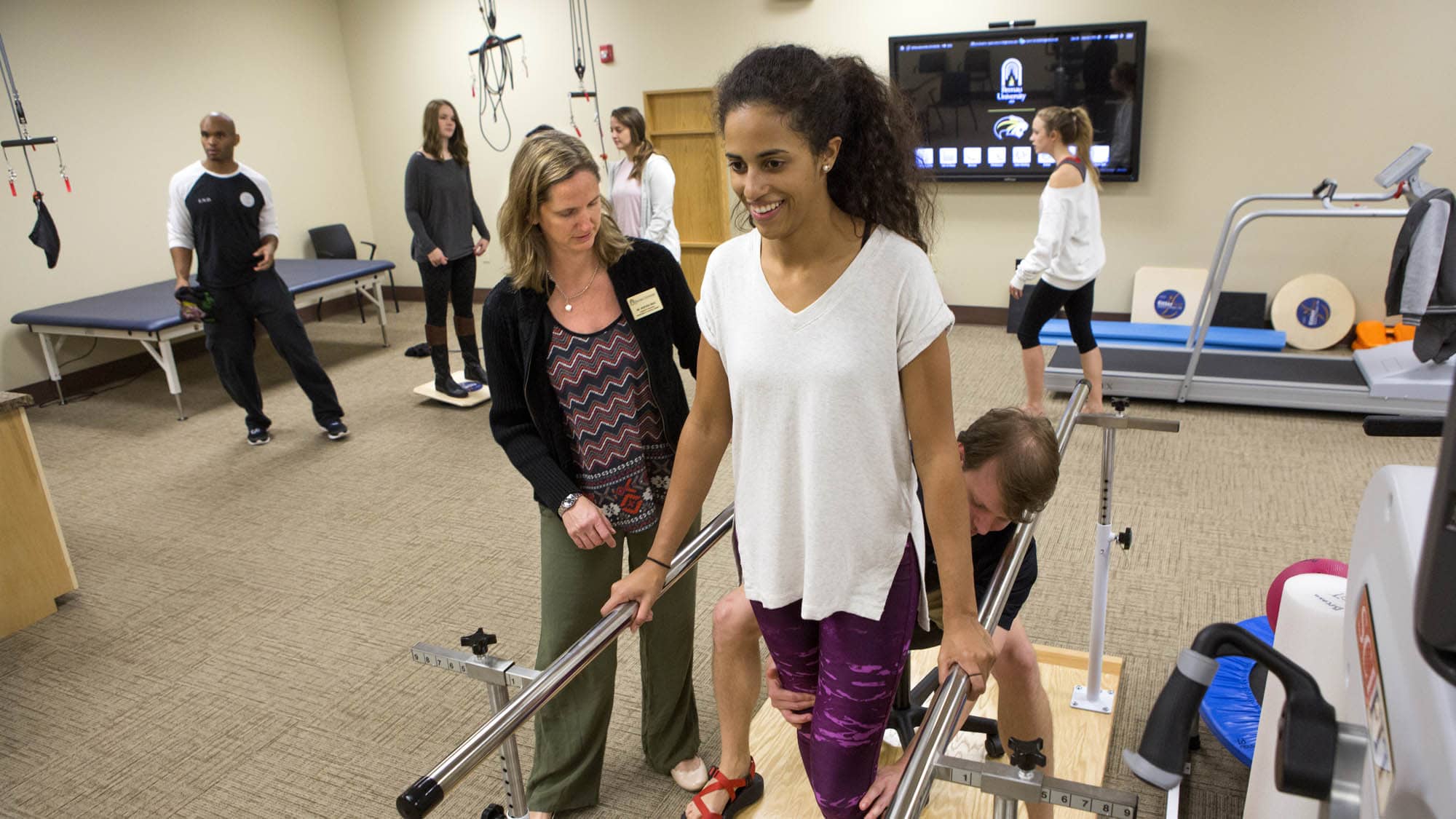Efficient Methods for Alleviating Breathlessness in Physical Rehabilitation Sessions
Efficient Methods for Alleviating Breathlessness in Physical Rehabilitation Sessions
Blog Article
Breathing difficulties, or trouble breathing, is a common issue that many individuals face, especially those with chronic lung conditions, heart problems, or other medical concerns. In physical therapy sessions, addressing dyspnea is essential for helping clients enhance their overall standard of life. By utilizing specific techniques and strategies, physical therapists can help patients in controlling their respiratory difficulties. Grasping these efficient methods can enable both therapists and patients to work together more effectively in overcoming obstacles related to breathing difficulties.
One of the main methods used to alleviate dyspnea in physical therapy is the application of regulated breathing activities. These exercises often focus on diaphragmatic breathing, which encourages patients to use their diaphragm rather than their upper chest muscles when inhaling. This method helps to maximize lung volume and effectiveness. Additionally, pursed lip breathing is another approach that can be helpful. This method requires inhaling through the nose and exhaling slowly through pursed lips, which can help to keep airways clear longer and render breathing feel more manageable. By including these activities into therapy appointments, physical therapists can provide patients with strategies to manage their dyspnea both during and beyond of recommended read their appointments.
Another crucial element of managing dyspnea in physical therapy is the creation of an individualized exercise program. Tailoring exercises to meet the individual needs and abilities of each patient is crucial. Therapists should slowly integrate aerobic exercises, such as ambulating or cycling, in a structured manner, allowing patients to build their endurance over time. This incremental approach helps patients to feel more comfortable with physical activity while at the same time improving their lung function and overall endurance. It is important for therapists to monitor patients closely during these activities to ensure they are not overexerting themselves, which could result to increased shortness of breath.
Teaching also plays a major role in reducing dyspnea during physical therapy appointments. Providing patients with information about their ailment and the mechanisms behind dyspnea can enable them to take control of their health. Therapists can explain how factors like anxiety, posture, and surrounding conditions can affect breathing. By comprehending these concepts, patients can learn to control their symptoms more efficiently. Techniques such as anxiety reduction methods and proper body mechanics can further assist in minimizing the impact of breathing difficulties during routine activities and therapy sessions.
In summary, successfully alleviating breathing difficulties in physical therapy sessions involves a mix of breathing exercises, individualized exercise programs, and patient education. By applying these efficient approaches, physical therapists can assist patients manage their breathing difficulties and improve their overall well-being. Collaboration between therapists and patients is essential to create customized interventions that address specific needs. With the right support and methods, patients can experience relief from dyspnea and engage more fully in their physical therapy journey, eventually leading to a better standard of life.